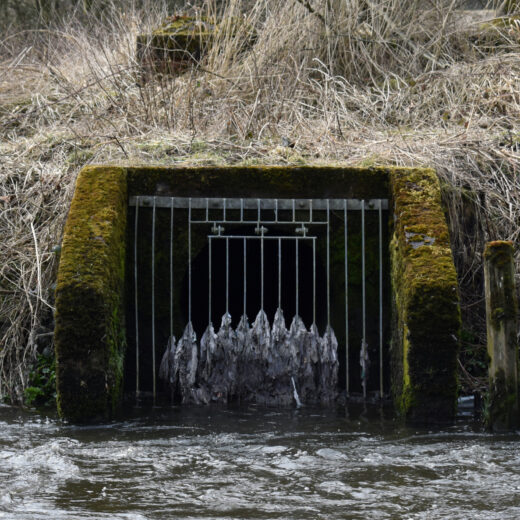
Range of Sewage Costings Finally Revealed
Our response to a government report showing an initial cost-benefit analysis of some options to tackle raw sewage discharges from storm overflows.
04/11/21
A government report published today shows an initial cost-benefit analysis of some options to tackle raw sewage discharges from storm overflows, finally lifting the lid on the range of costings researched for the Storm Overflows Taskforce.
£600 billion is given as the cost to dig up the existing combined sewer system and separate it. This is not something envisaged as viable by either side of the debate, but was the cost quoted by MPs who chose not to support the Duke of Wellington’s amendment on sewage in the Environment Bill. Another option to prioritise spill reductions to 10 or less times per year in sensitive catchments, and to fewer than 40 spills per year in the rest of the country, is estimated to cost between £18 billion and £110 billion. This translates to an increase in household bills by £30 to £208 per year or between £2.50 and £17 per month.
These initial estimates are based on modelled data from the water companies. All models represent a simplification of reality, and – as the saying goes – all models are wrong, but some are useful. Understanding how they are wrong and why we have such large ranges in the results will help us to refine our future analysis and ask more specific questions. We know that when estimates of both costs and benefits are done at a more local level, we can get much more realistic results.
This report says that adding more sustainable urban drainage solutions, including some of the nature-based solutions that can reduce storm water flows into sewers, on the whole are more expensive, but it doesn’t share the costs of doing this with other relevant programmes of work. Local government greening towns and cities and providing better green spaces would likely share in that development, along with all areas of government support nature’s recovery. So this model can’t account for some of the more joined-up planning and spending we want to see from government.
The report does, however, acknowledge that doing nothing to remedy the problem will result in a further 13% of water bodies failing to achieve good ecological status. This is unacceptable to us, the public, and puts government at odds with the 25-year Environment Plan.
Determining a realistic value of costs is difficult, but doing the same for benefits, especially when they are ecological and social benefits, is even harder. This report uses recent Environment Agency benefit benefits data (NWEBS), a series of assumptions and national averages to reach its main conclusions. Average values tend to obscure the far higher benefits that will be obtained by first reducing spills on stretches of rivers with high ecological and social benefits; for example a newly swimmable stretch in a popular beauty spot can generate much more value in amenity, wellness and health. A national model doesn’t highlight areas where the benefits of reducing pollution can have a much bigger impact, because limiting raw sewage overspills keeps us below critical thresholds in rivers suffering cumulative environmental impacts.
It’s important to interpret this report with an understanding of its limitations and assumptions; let’s not make the age-old mistake of confusing numbers with facts. It does help to bring into the debate some numbers that we can estimate. The next step will be to see how we can start to estimate the really innovative and collaborative ways to fix this problem.
Perhaps most importantly, we still await the wording of the government’s amendment which Lord Goldsmith has assured us will ‘deliver the same action in reducing sewage discharges into our rivers..’ as the Duke of Wellington’s amendment.
